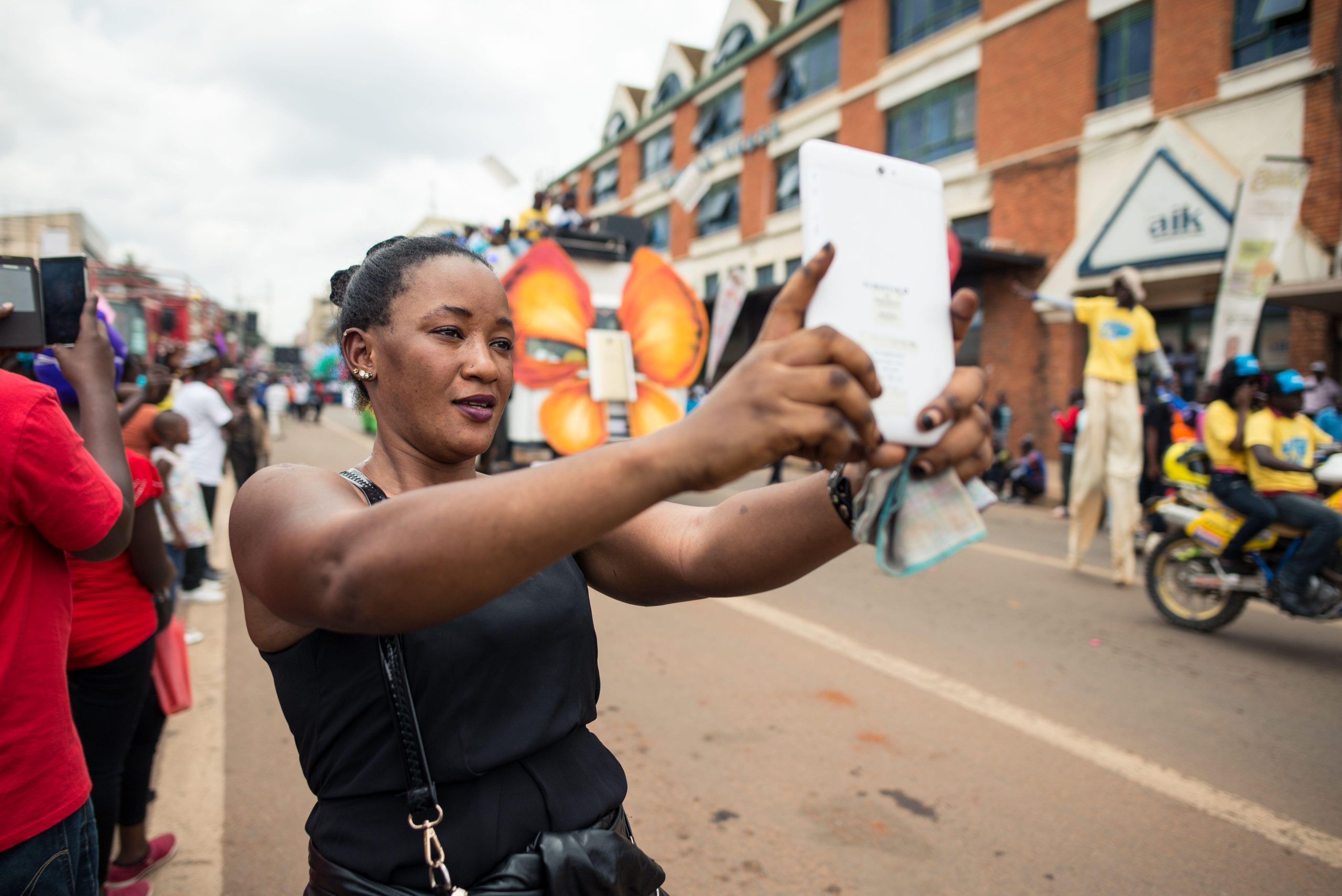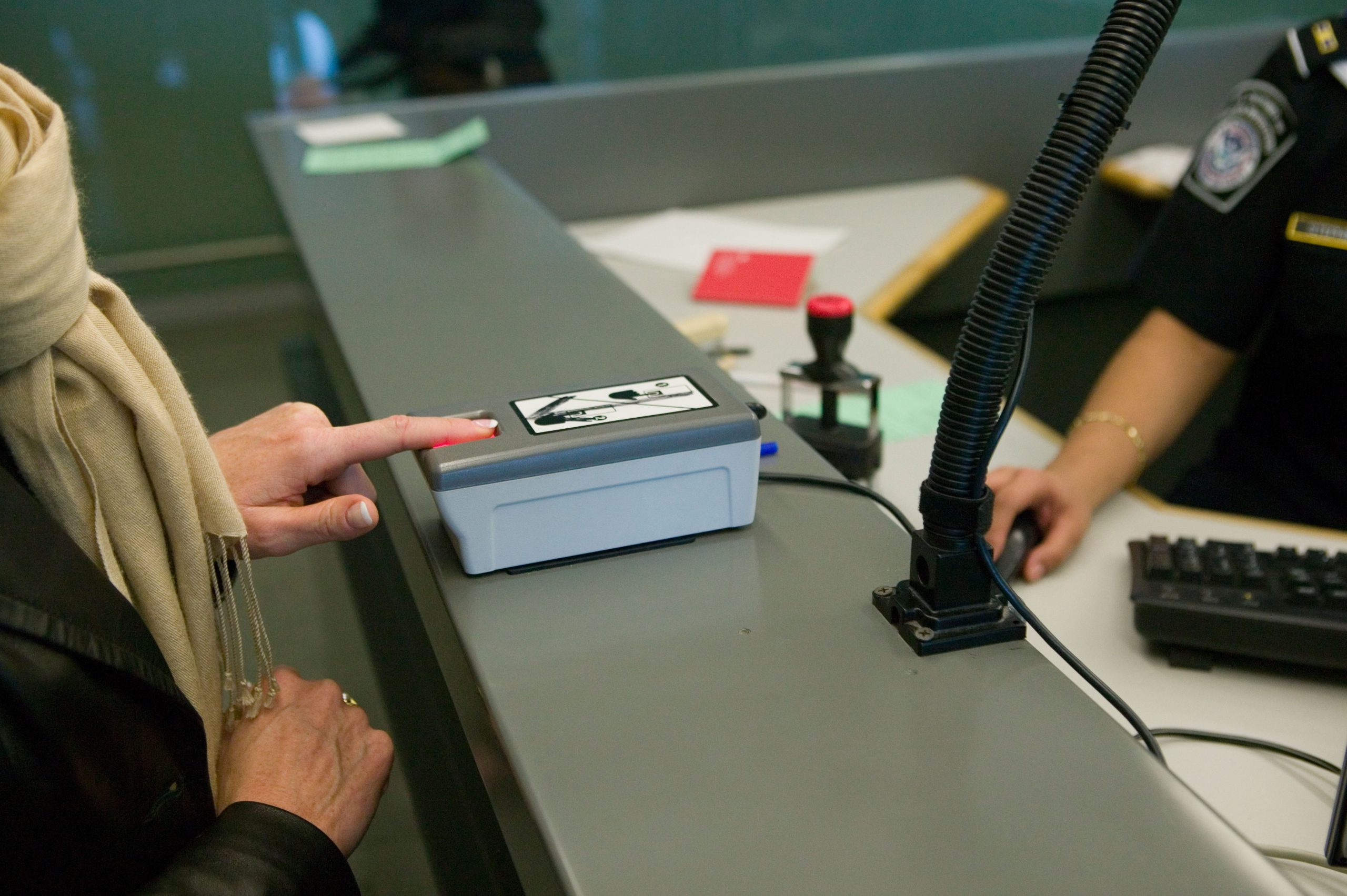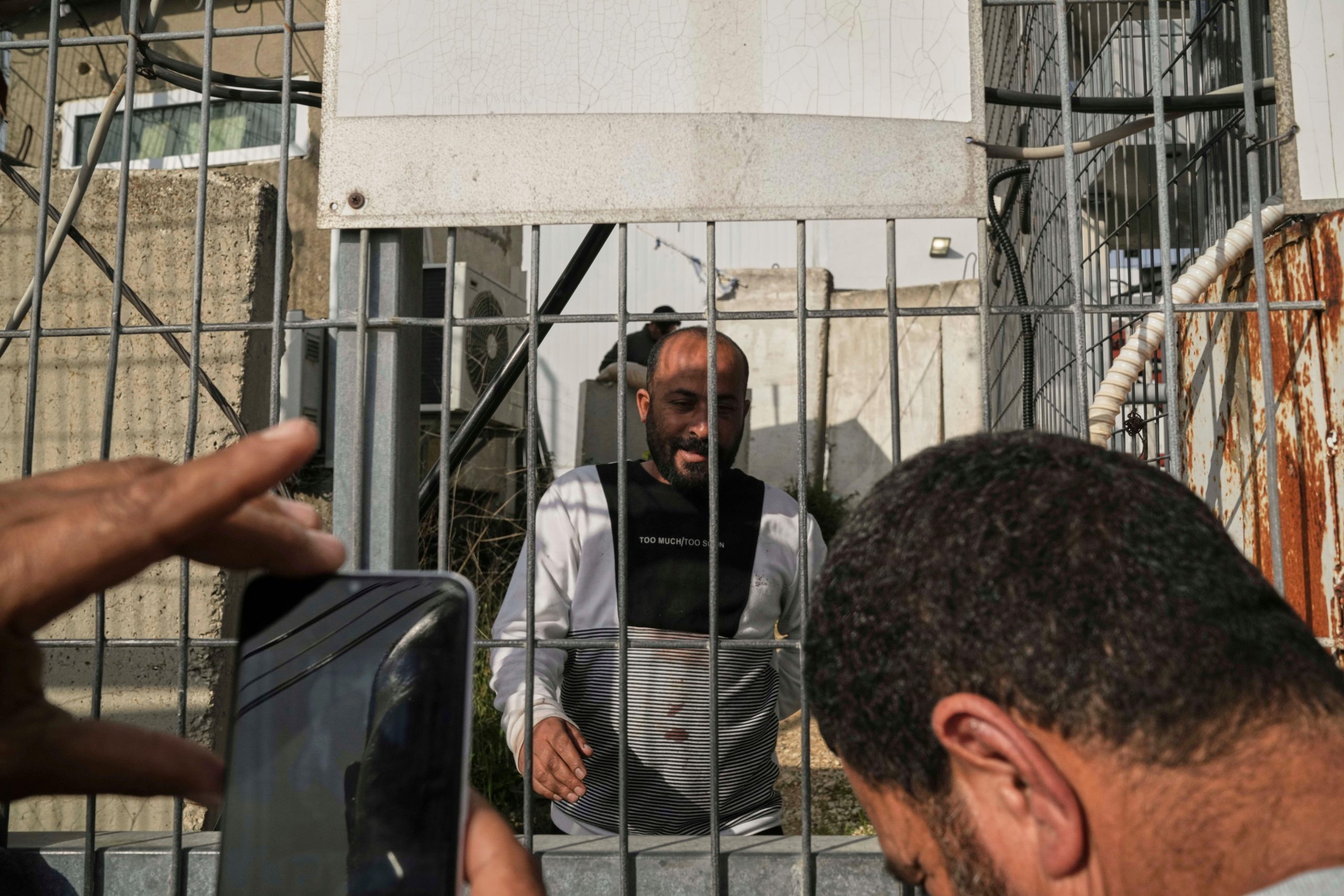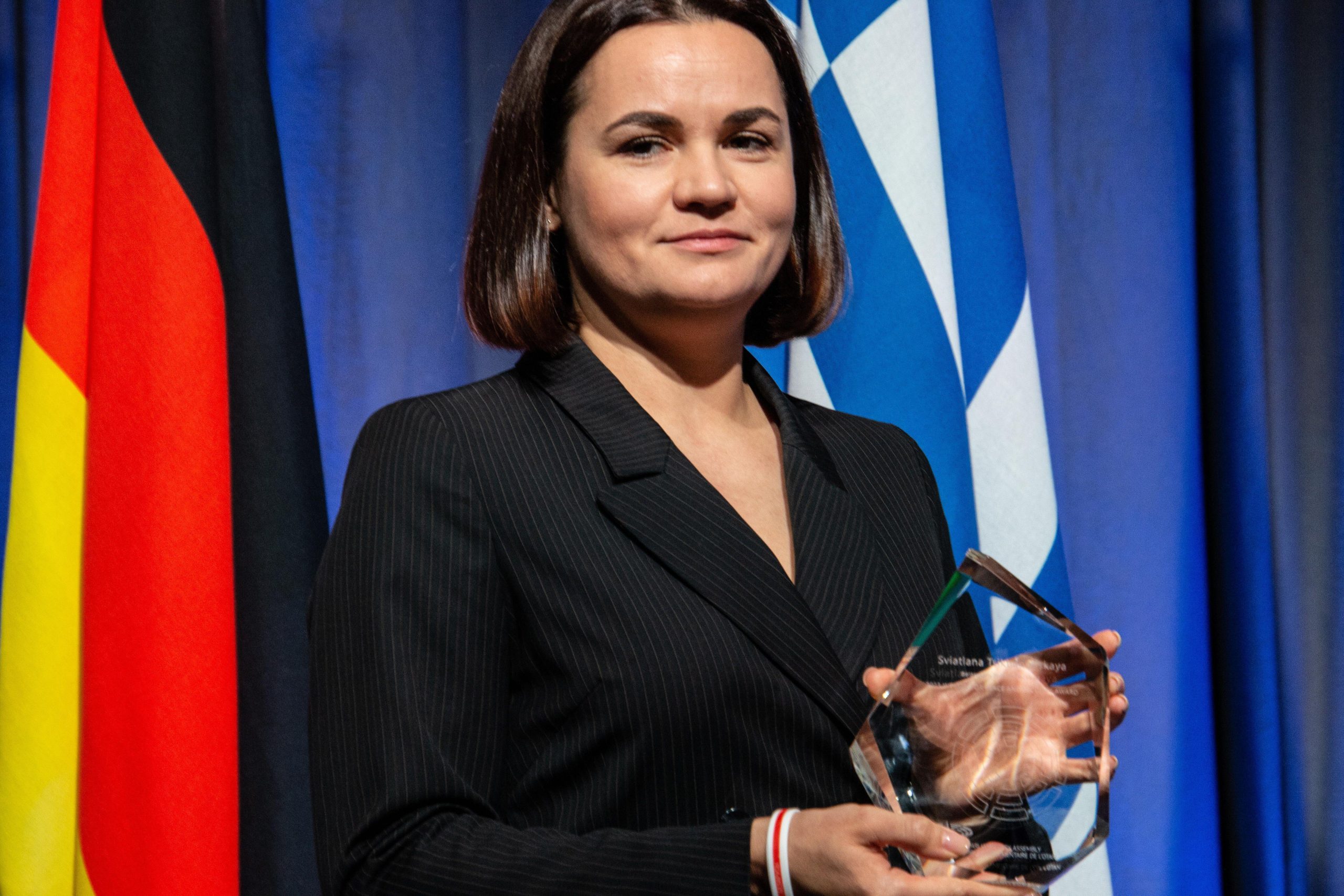[vc_row][vc_column][vc_row_inner][vc_column_inner][vc_column_text]This article is part of an ongoing series exploring the issues raised by Index on Censorship’s Monitoring and Advocating for Media Freedom project.[/vc_column_text][/vc_column_inner][/vc_row_inner][vc_column_text]In 2018, 17 alerts were submitted to the Council of Europe’s Platform to promote the protection of journalism and safety of journalists relating to impunity for murders of journalists. Of these, 15 occurred in the countries covered by Index on Censorship’s ongoing Monitoring and Advocating for Media Freedom project: Turkey (2), Azerbaijan (2), Ukraine (5), and Russia (6).
The Monitoring and Advocating for Media Freedom project documents, analyses, and publicises threats, limitations and violations related to media freedom and safety of journalists in Azerbaijan, Russia, Turkey and Ukraine, (as well as Belarus, which is not in the Council of Europe), in order to identify possible opportunities for advancing media freedom in these countries.
As part of the project, Index on Censorship submits and co-sponsors alerts on violations, including physical attacks on journalists and threats to media freedom, to the Council of Europe’s platform. When a member state is mentioned in an alert, the state is asked to log any remedial action they have taken in the platform. The platform’s objective is to put pressure on Council of Europe states to act in accordance with international human rights law and media standards.
Turkey, Azerbaijan, Ukraine, and Russia look likely to be among Europe’s most flagrant offenders of media freedom again in 2019: despite accounting for just 8.5% of the Council of Europe member states, they account for 36% of the alerts filed on the platform so far this year.[/vc_column_text][vc_row_inner][vc_column_inner width=”1/4″][vc_single_image image=”98654″ img_size=”full”][/vc_column_inner][vc_column_inner width=”3/4″][vc_column_text]Turkey remains the world’s largest imprisoner of journalists. Arrested journalists continue to be detained on charges of membership of or creating propaganda for a terrorist organisation. Three of the fourteen staff of the newspaper Özgürlükçü Demokrasi who were arrested in 2018 and charged with “membership in a terrorist organisation and terrorist propaganda” remain in detention in Istanbul. The next hearing in their trial is scheduled for 28 June 2019.[/vc_column_text][/vc_column_inner][/vc_row_inner][vc_row_inner][vc_column_inner width=”1/4″][vc_single_image image=”107324″ img_size=”full”][/vc_column_inner][vc_column_inner width=”3/4″][vc_column_text]Despite President Aliyev’s pardoning of more than 400 people earlier this year, journalists among them, severe obstacles remain to press freedom in Azerbaijan. Travel bans remain one of the most common instruments with which to silence critical voices in the country, despite being in violation of Article 12 of the International Covenant on Civil and Political Rights (“everyone shall be free to leave any country, including his own”), which Azerbaijan ratified in 1992.[/vc_column_text][/vc_column_inner][/vc_row_inner][vc_row_inner][vc_column_inner width=”1/4″][vc_single_image image=”98655″ img_size=”full” add_caption=”yes”][/vc_column_inner][vc_column_inner width=”3/4″][vc_column_text]Last month investigative reporter Vadym Komarov was beaten into a coma in the Ukrainian city of Cherkasy. He was found with severe head injuries and was taken to hospital where he underwent brain surgery. He frequently wrote about corruption, administrative incompetence, prison conditions, and illegal construction. According to the most recent reports, police have not yet identified the attacker, but are treating the incident as premeditated attempted murder.[/vc_column_text][/vc_column_inner][/vc_row_inner][vc_row_inner][vc_column_inner width=”1/4″][vc_single_image image=”98652″ img_size=”full” add_caption=”yes”][/vc_column_inner][vc_column_inner width=”3/4″][vc_column_text]Along with Ukraine, Russia is among the Council of Europe states where journalists endure the highest rate of physical violence. Earlier this month, unknown assailants attacked the well-known blogger Vadim Kharchenko after he went to meet a potential source. Kharchenko is known for reporting on and investigating alleged police abuse of power. As noted in its recently published report, Index on Censorship recorded 116 violations of press freedom in Russia between 1 February 2019 and 30 April 2019. [/vc_column_text][/vc_column_inner][/vc_row_inner][/vc_column][/vc_row]






